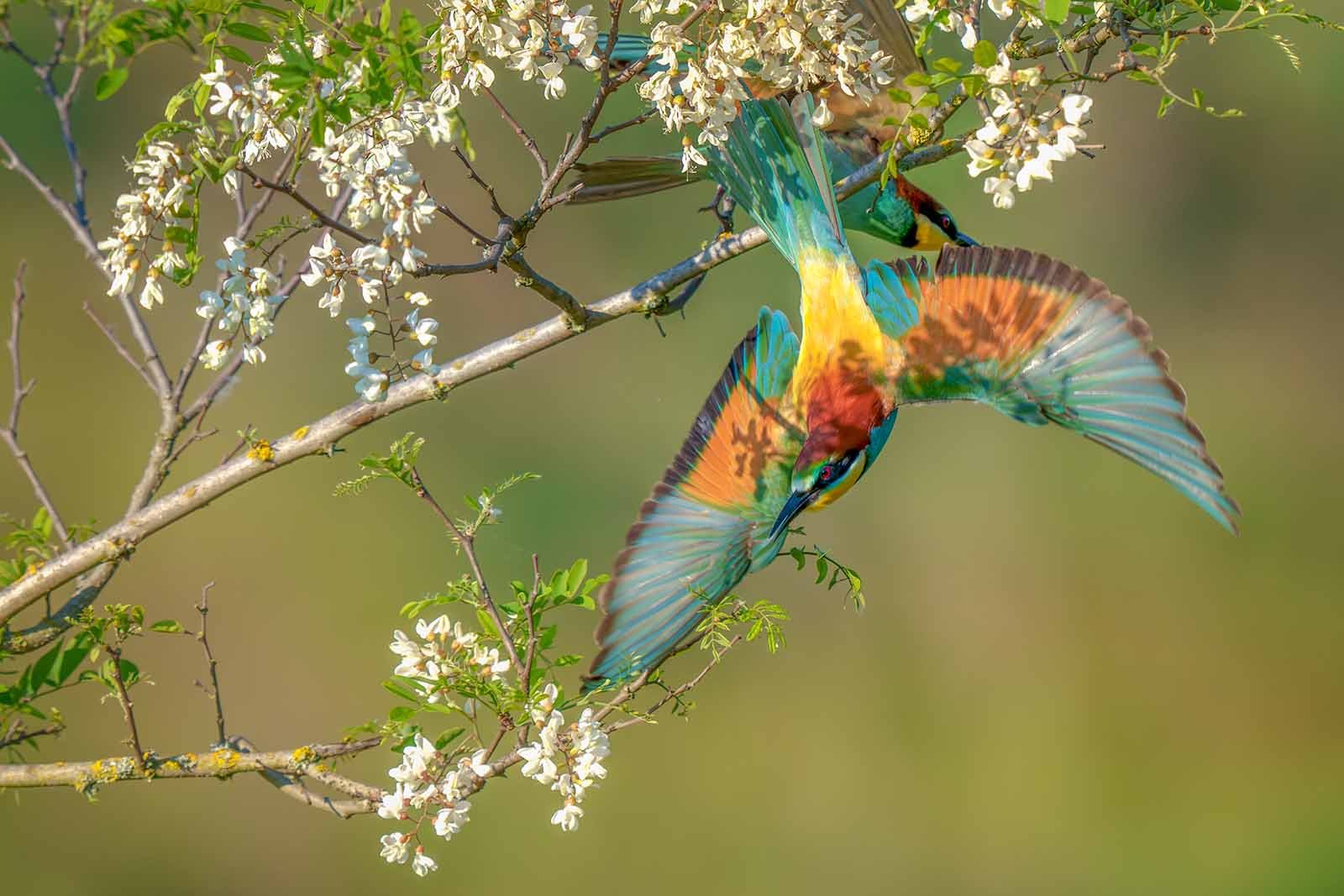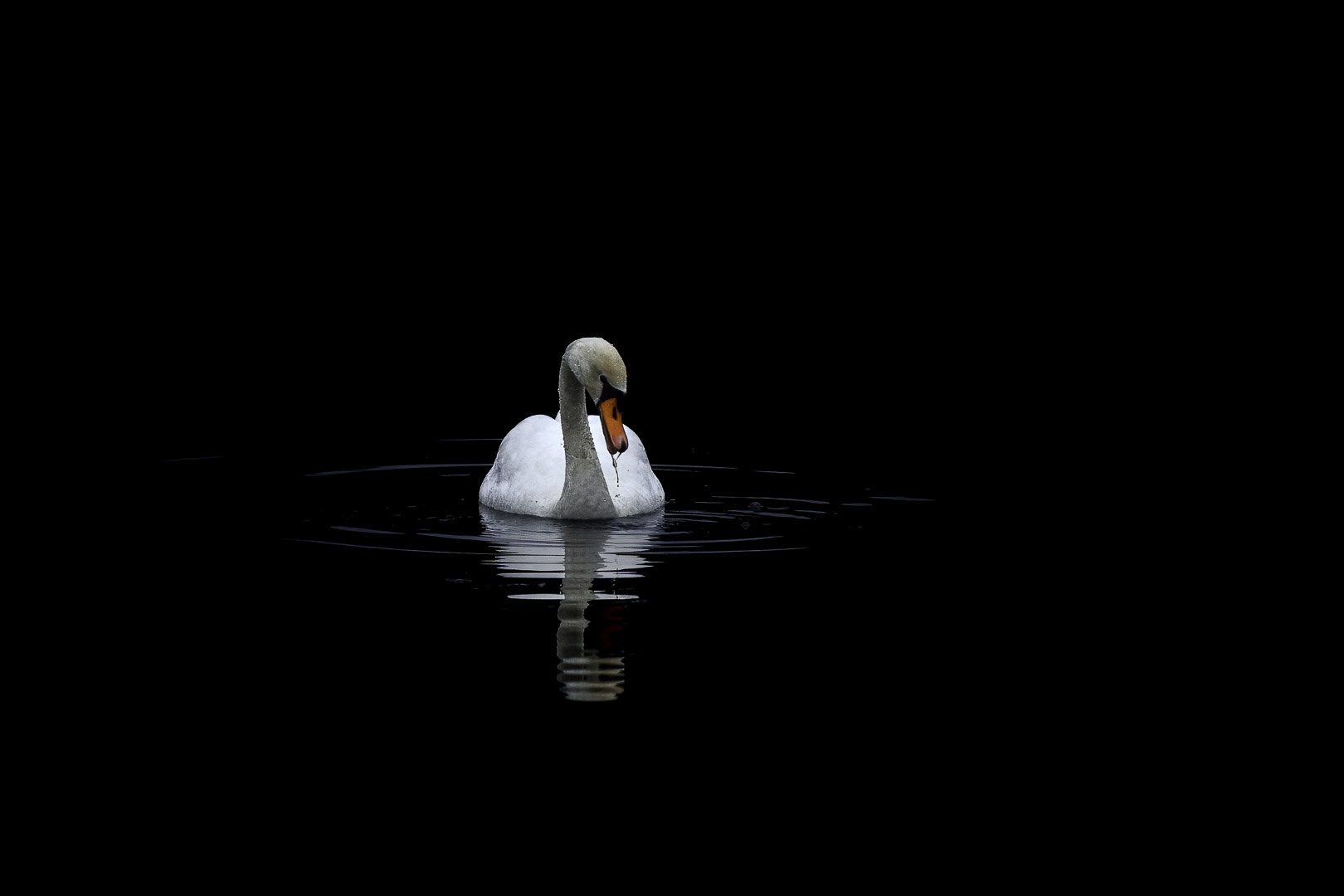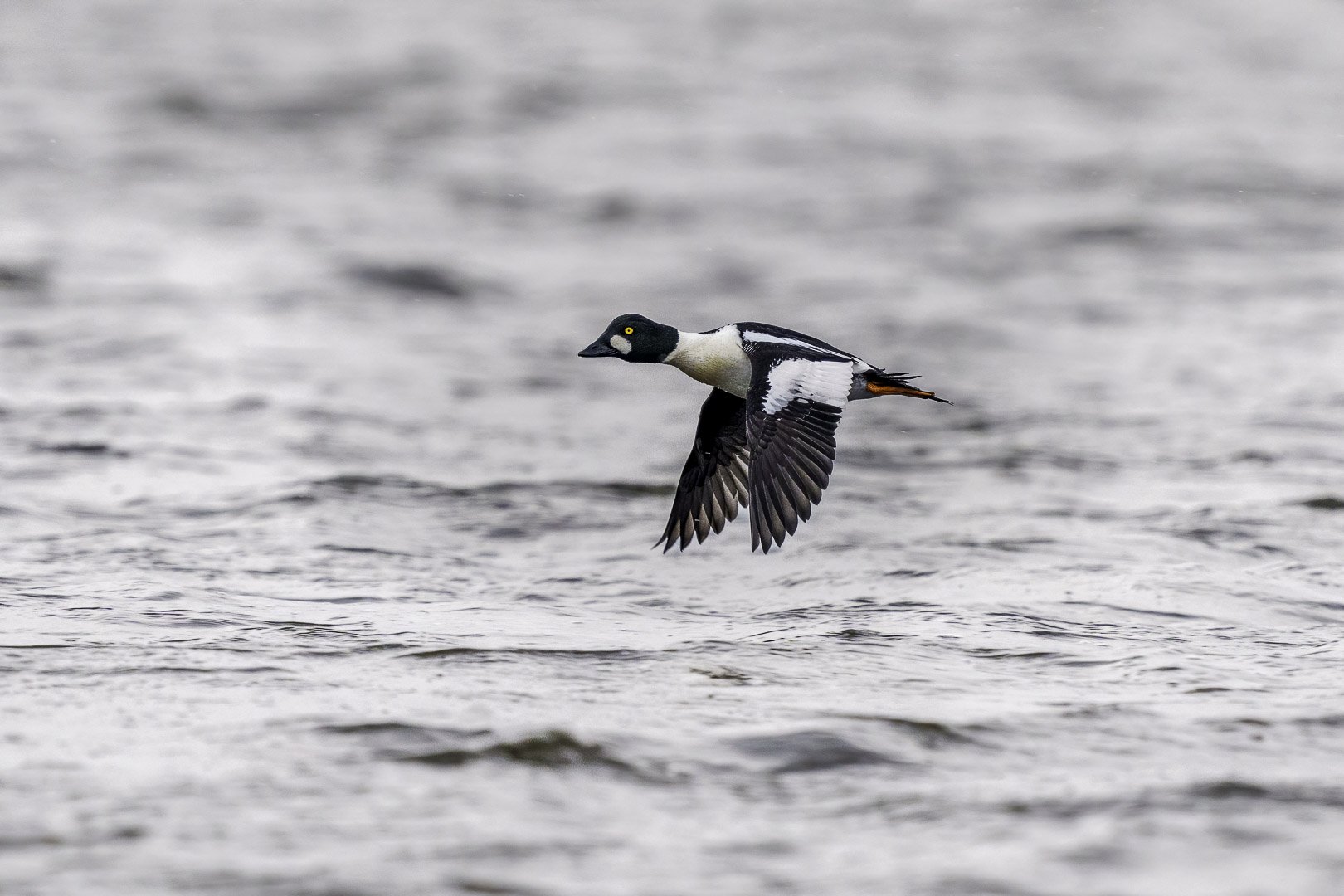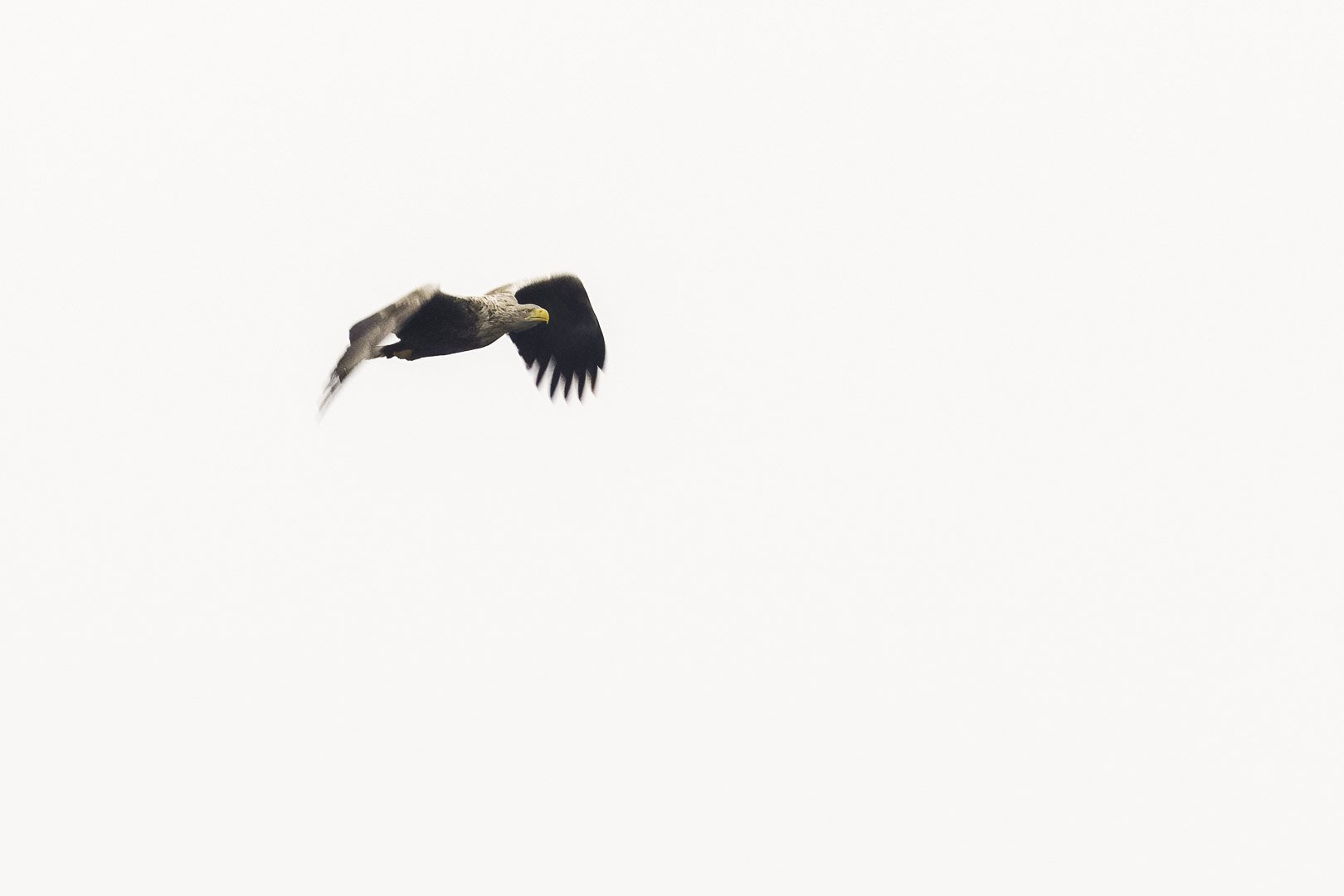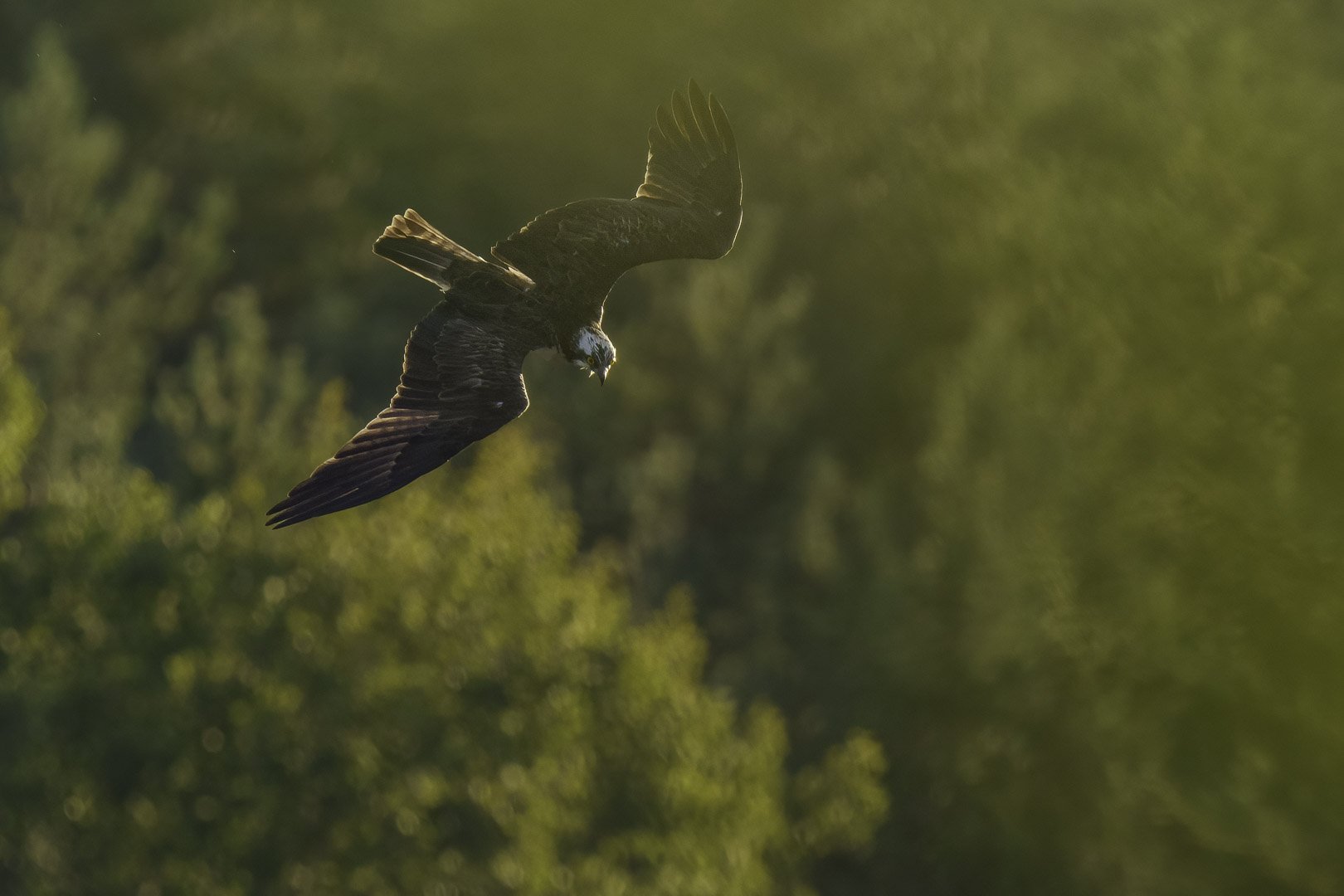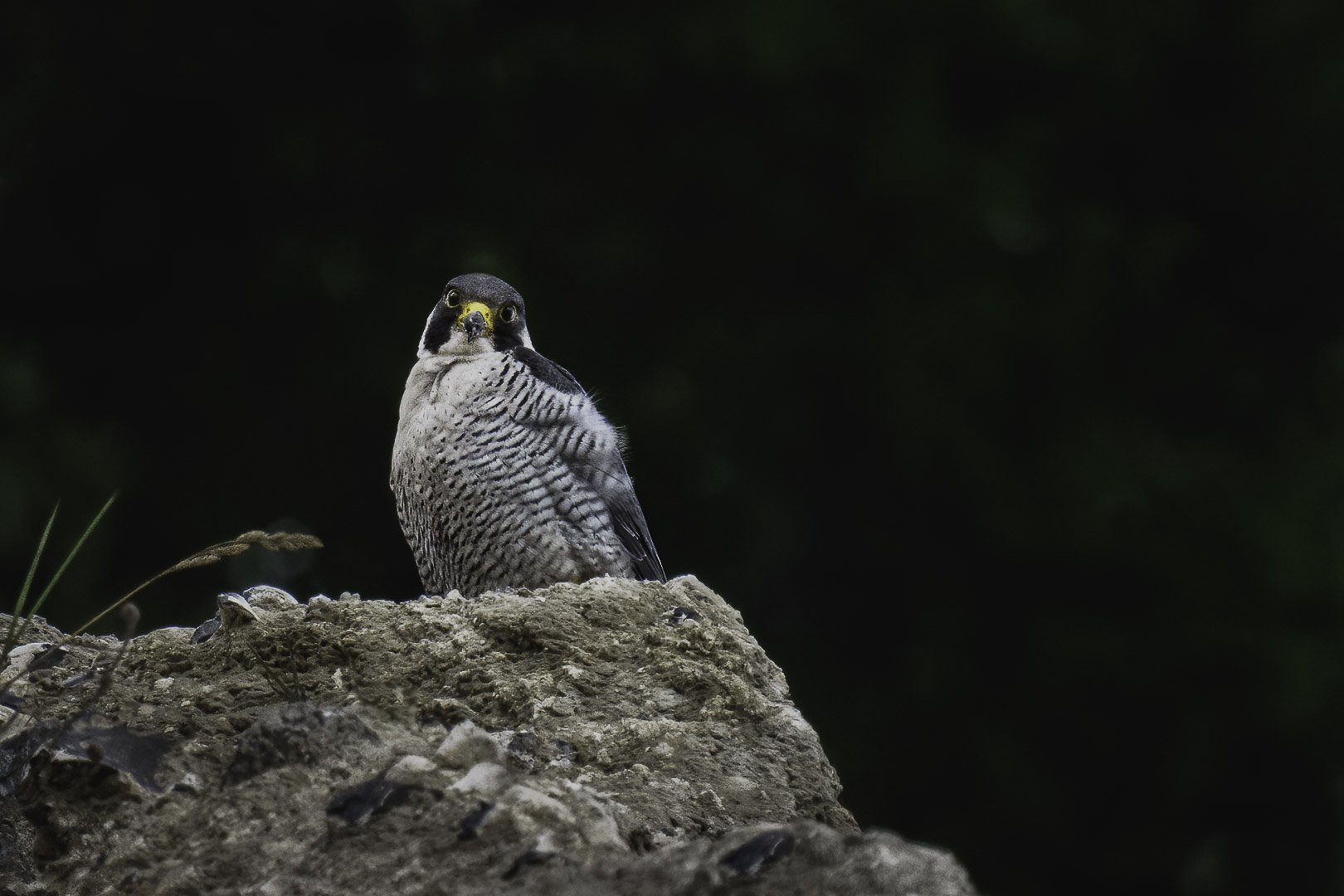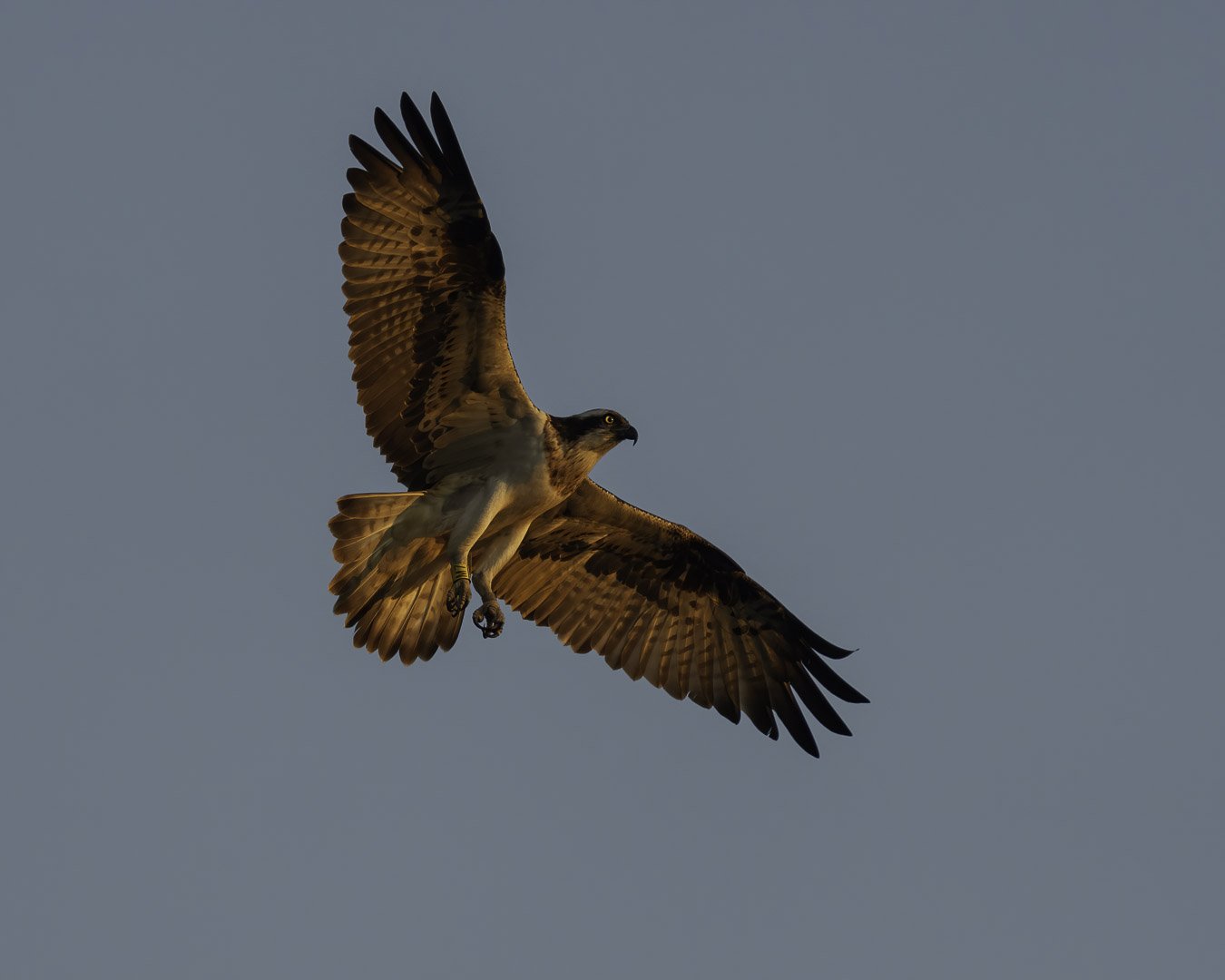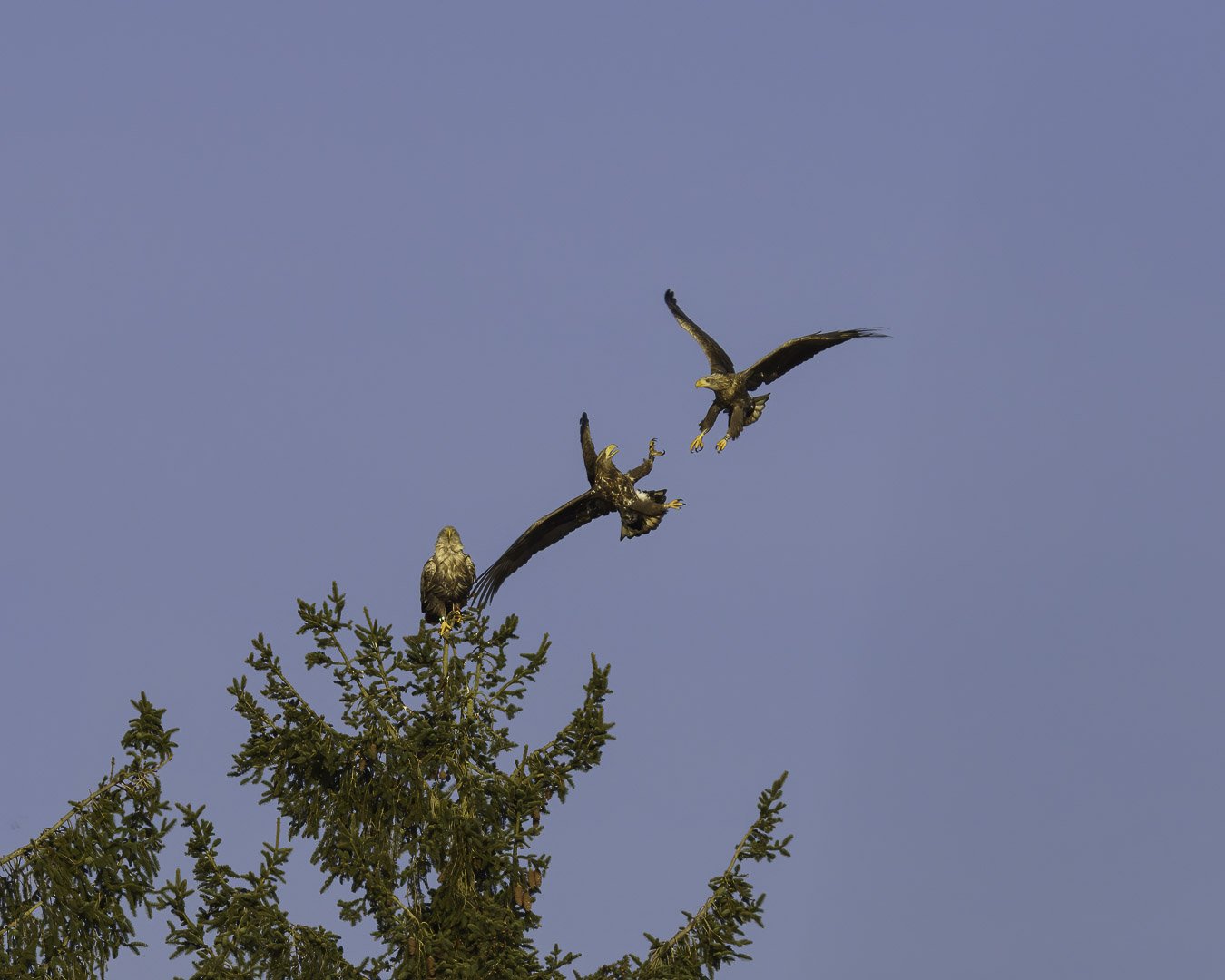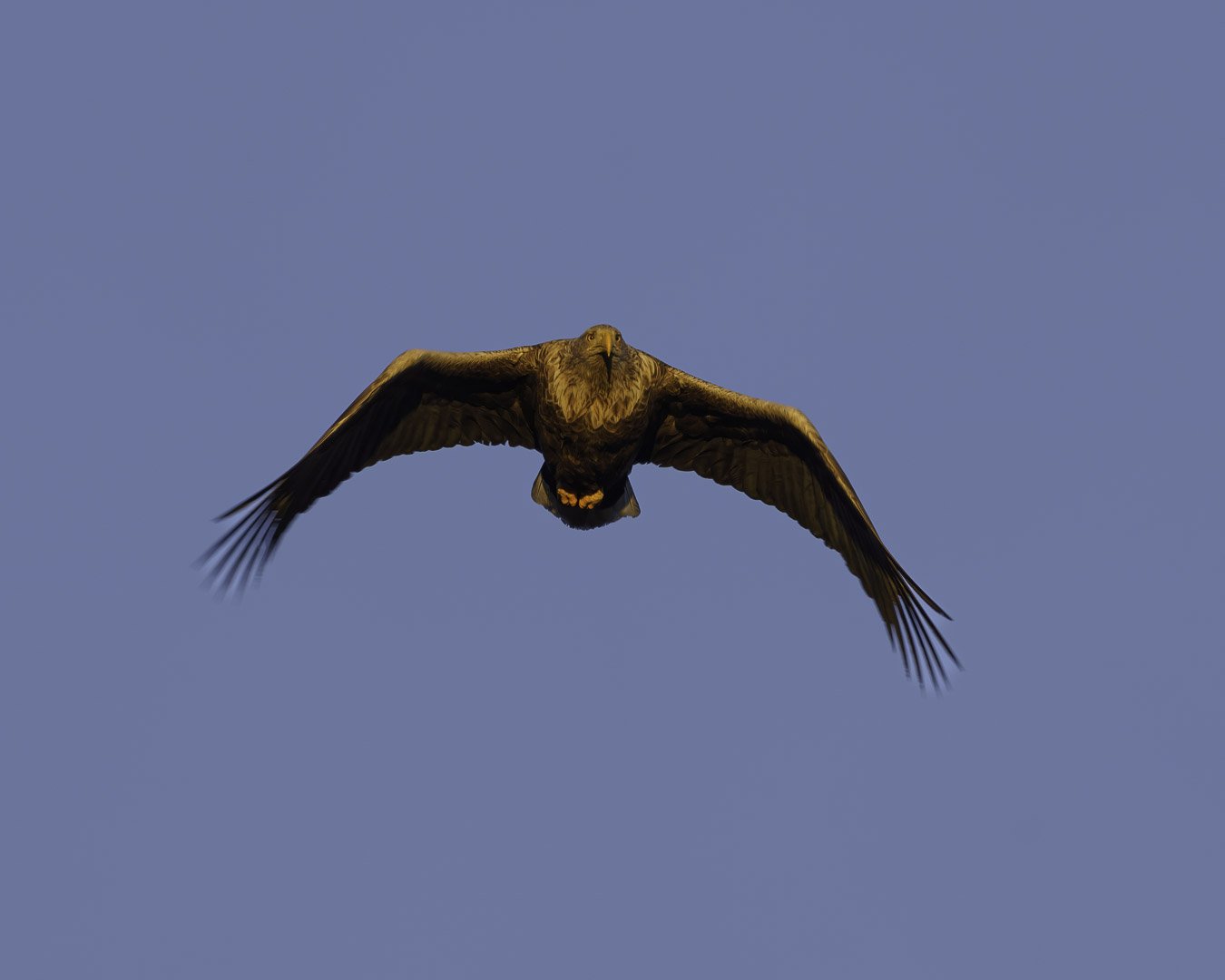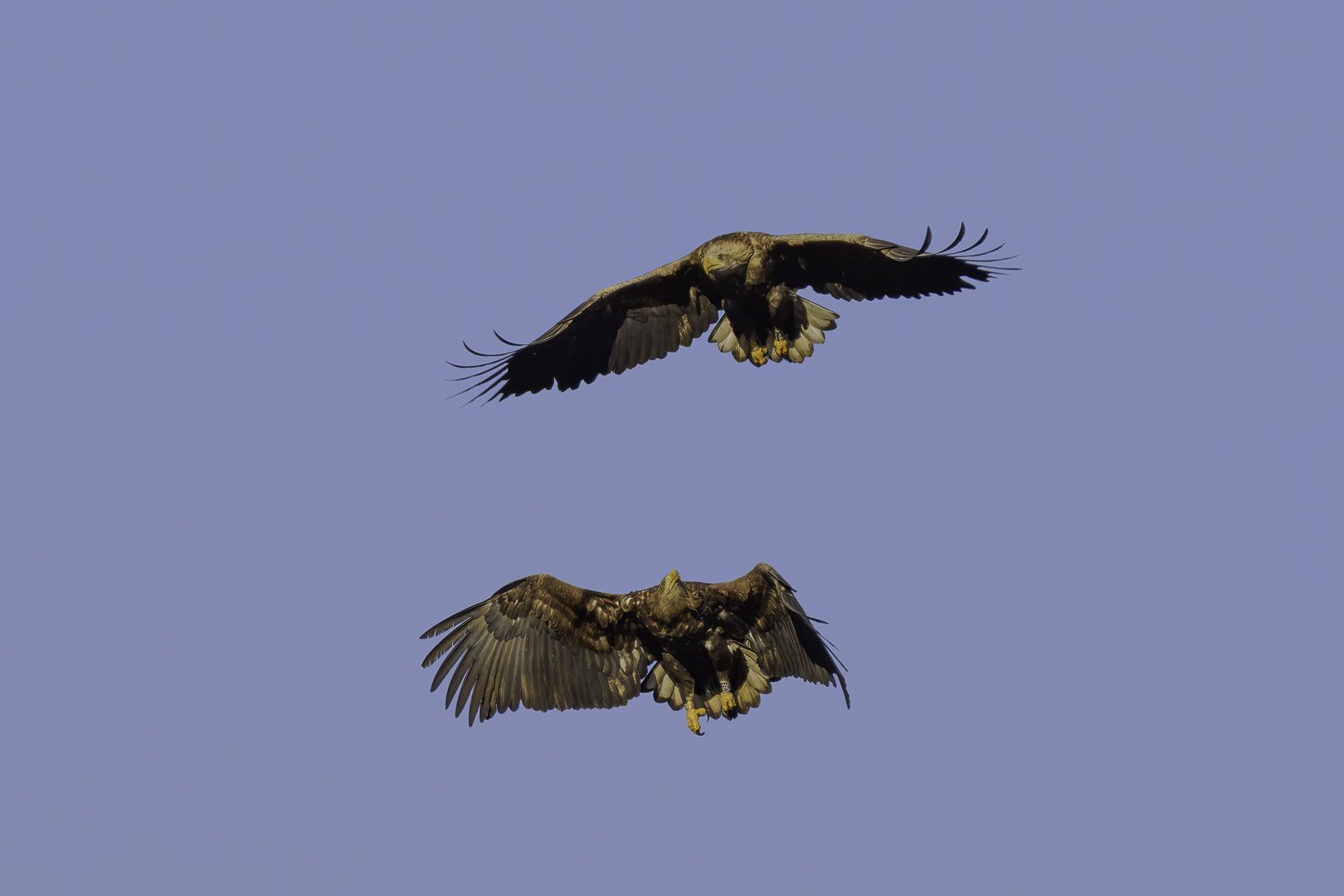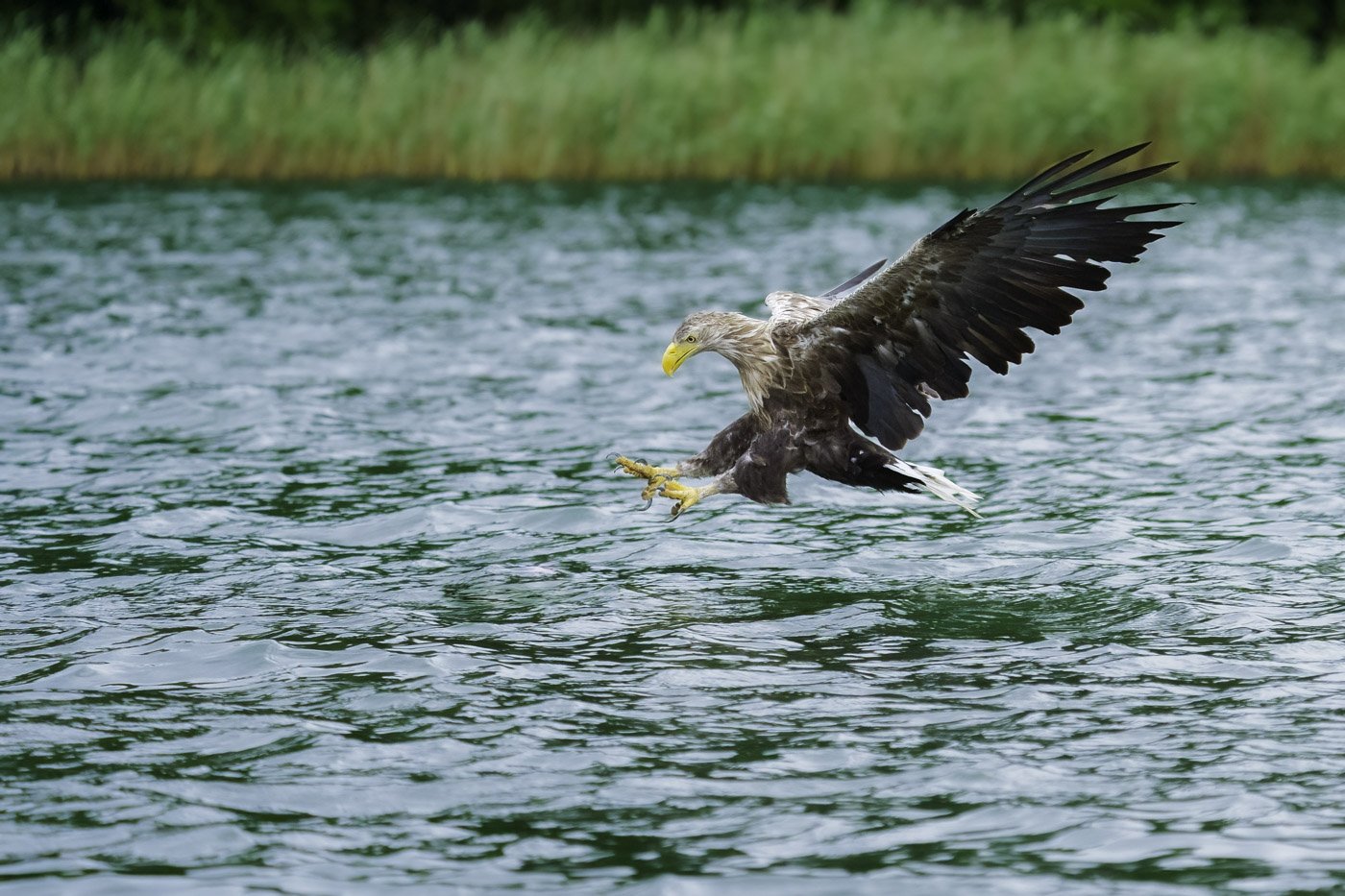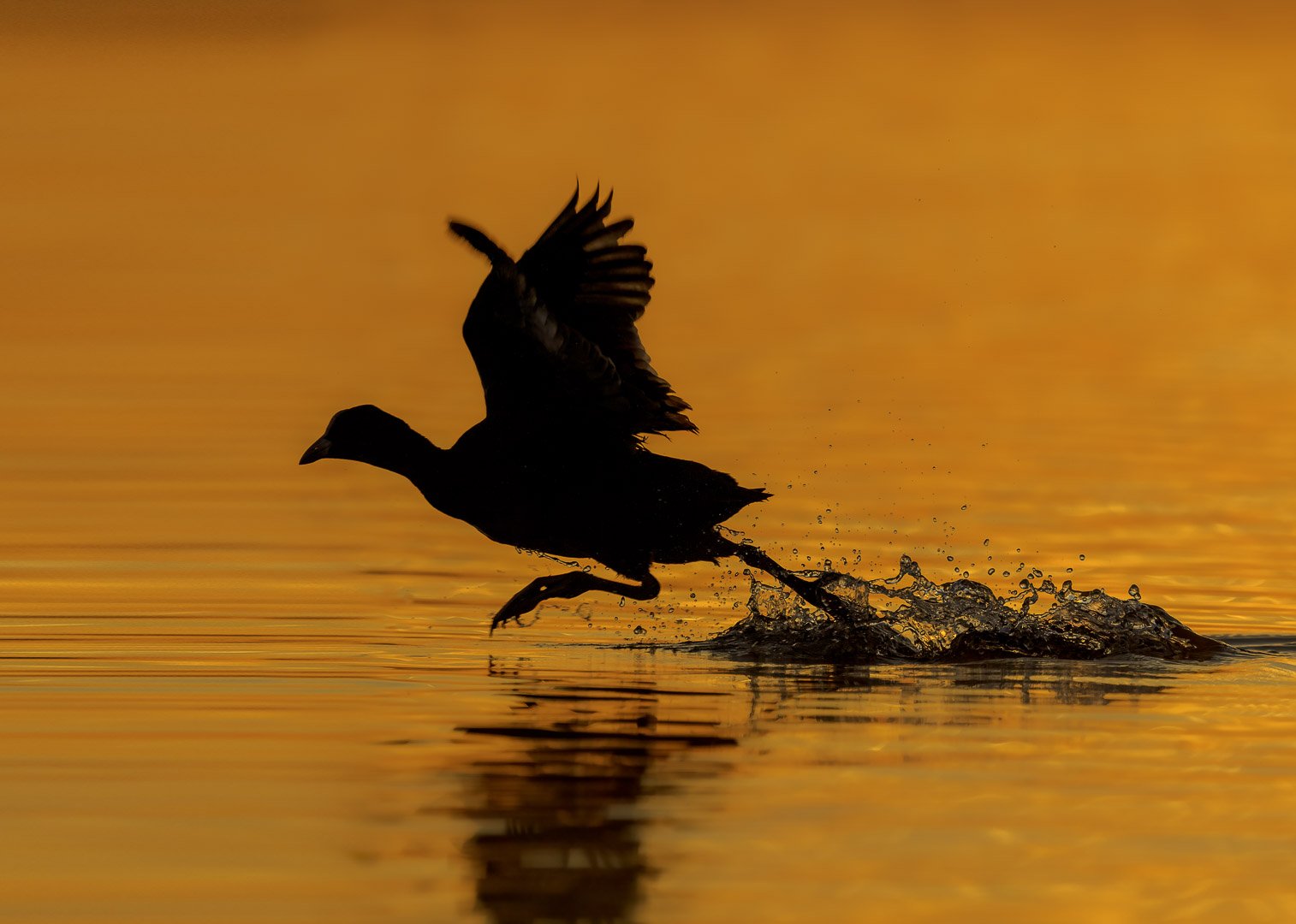White-Tailed Eagles in Upper Palatinate — Photo Approach #2
Young white-tailed eagles (Haliaeetus albicilla) engaging in playful aerial combat
Part 2 - Approach
In 2022, one of my photographic goals was to capture photos of white-tailed eagles in Bavaria that showed more than just eagles in the blue sky. In the Bavarian Upper Palatinate, the chances of observing a white-tailed eagle (Haliaeetus albicilla) are not bad if you are at the right place at the right time.
White-tailed eagles (Haliaeetus albicilla) are tied to bodies of water, and the Upper Palatinate has many lakes and ponds. Some of these bodies of water are drained in the fall, attracting birds of prey as it becomes easier to catch fish in the shallower water. In the winter, when food is scarce, birds gather on lakes that do not completely freeze over, providing potential food sources for white-tailed eagles. These are places to consider when searching for the king of the skies.
With my knowledge of white-tailed eagles and from observations and experiences over the past two years, I could hardly wait for March. I already knew where I needed to go, even though there was no guarantee of success. Even if you know an area where white-tailed eagles live, you still need to find the right spot to actually encounter them. Such an eagle has a territory that can extend up to 50 square kilometers.
So, what I did was go to the area where I had previously observed the animals and lay in wait. This simply means sitting at a spot and observing. It may sound unspectacular at first, and for some of you, it might be.
For me, however, besides understanding what is happening in a particular area, it is also the best way to unwind and leave everyday life behind for a few hours. Additionally, you usually have the chance to meet locals or other nature photographers after sunrise and have conversations. This way, you can often get valuable tips that might bring you closer to your goal.
I was lucky that day. I met a couple who were also photographing. They told me they had observed and photographed several white-tailed eagles (Haliaeetus albicilla) on a dead tree from a distance. While we were talking, a white-tailed eagle flew over us. I didn't need any more clues to get started. 😃
My plan was to be at the spot before sunrise the next day, where the couple had spotted the eagles. Since the area was not unfamiliar to me, I knew where the spot was. Additionally, it was helpful that there was an observation hut from which you have a broader view over two ponds. Ideal for checking the area and the activity there first.
The observation hut for white-tailed eagles offers views over two pond areas.
Said and done. The next day we got up at 3 AM, drove for an hour, and walked for 30 minutes to be ready to wait and observe. The waiting didn't last long – a direct hit! A young white-tailed eagle flew over one of the ponds where we were positioned. When I say "we," I mean my wife and me. We are usually out together, sharing this hobby and the experiences that come with it.
The young white-tailed eagle gave us action right away!
It had set itself the task of attacking a Canada goose that was unusually calm on the pond – anyone who knows Canada geese knows what I mean by "unusually calm." 😜 It was quite a challenge for the young eagle. Not that a white-tailed eagle couldn't catch a goose, but the energy and strength required are enormous given the size of a goose. The eagle's tactic was to tire out the prey: the prey is constantly attacked from the air, diving repeatedly. This continues until the goose's energy wanes, and the white-tailed eagle can simply grab it and push it underwater until there is no resistance. In short, it drowns it and then drags it to shore to eat. Since animals always manage their energy, a white-tailed eagle would only attack such a large and healthy prey if food was scarce. This attempt by the young eagle can thus be seen as youthful folly. 😃 After a while, the young eagle seemed to realize this and gave up on the goose.
Since the light was not particularly good and the whole spectacle took place too far away to take photos, I tried to film the moment. You can watch the video below. Unfortunately, everything happened so fast that the video quality is not the best either. But I am glad I captured this moment – such an event is not something you see every day.
In this video, I have presented the situation described above in video form, with a short clip of an aerial fight over the pond and the young white-tailed eagle on the dead tree.
In this video, I have revisited the situation described above in video form, with a short clip of an aerial fight over the pond and the young white-tailed eagle on the dead tree.
Later, about an hour later, we could spot four young eagles, but they were all too far away to take good pictures. So, I sneaked towards a dead tree where the young eagles had previously perched. To avoid scaring the animals, I waited until they flew away and then made my move.
I should mention that I always stay on public paths and never deviate from them. Especially in nature reserves, this is a top rule to always follow.
Back to the eagles: I took the opportunity, sneaked along the path, and positioned myself on the shore of the pond behind a tree. I camouflaged my camera and tripod with a small net. It didn't take long for the first young eagle to return to the tree. After another 15 minutes, four young eagles were perched there – a sight I had never seen before. Bingo! The distance was still considerable, about 150 meters, but it was manageable.
For those interested, here's the equipment I used that day:
Lens: Sony 200 - 600 mm F5.6 / 6.3
Camera: Sony a7R IV
Tripod: Rollei Rock Solid Alpha XL Mark II Carbon
Tripod Head: Flexshooter Pro Lever
For the first attempt, it wasn't bad, even if the shots weren't the best. But they were good enough for documentation purposes. The experience itself was incredibly exciting.
I stayed there for quite a while longer and witnessed aerial fights – or rather squabbles. In the end, three white-tailed eagles flew over each other past me and disappeared into another pond area. That was my cue to call it a day and try my luck again the following weekend, this time with better preparation and a camouflaged hide.
In my third part of the article series "Photographing White-Tailed Eagles in Upper Palatinate," I will report on my three days at the white-tailed eagle hide and what happened.
If you have observed or photographed white-tailed eagles, please let me know in the comments what your greatest challenge was – from planning to execution.
See you then!
There are always other interesting animals to observe while waiting for a specific target. In this case, a kingfisher was a brief guest, and a great egret showed off its hunting skills.











